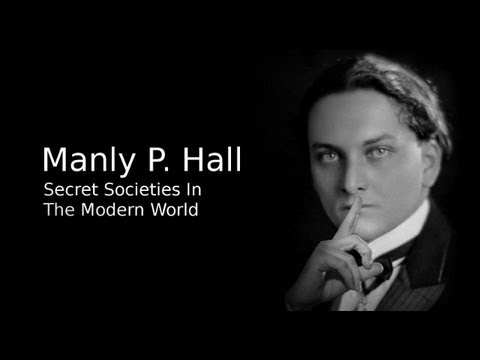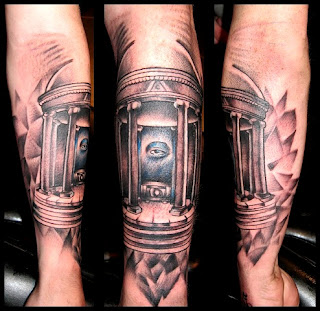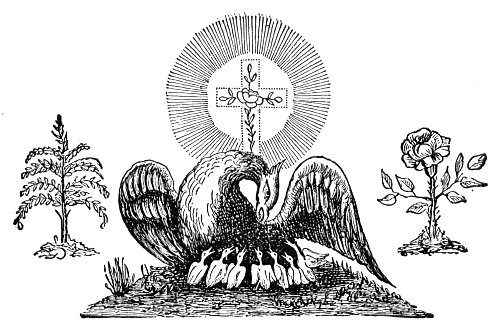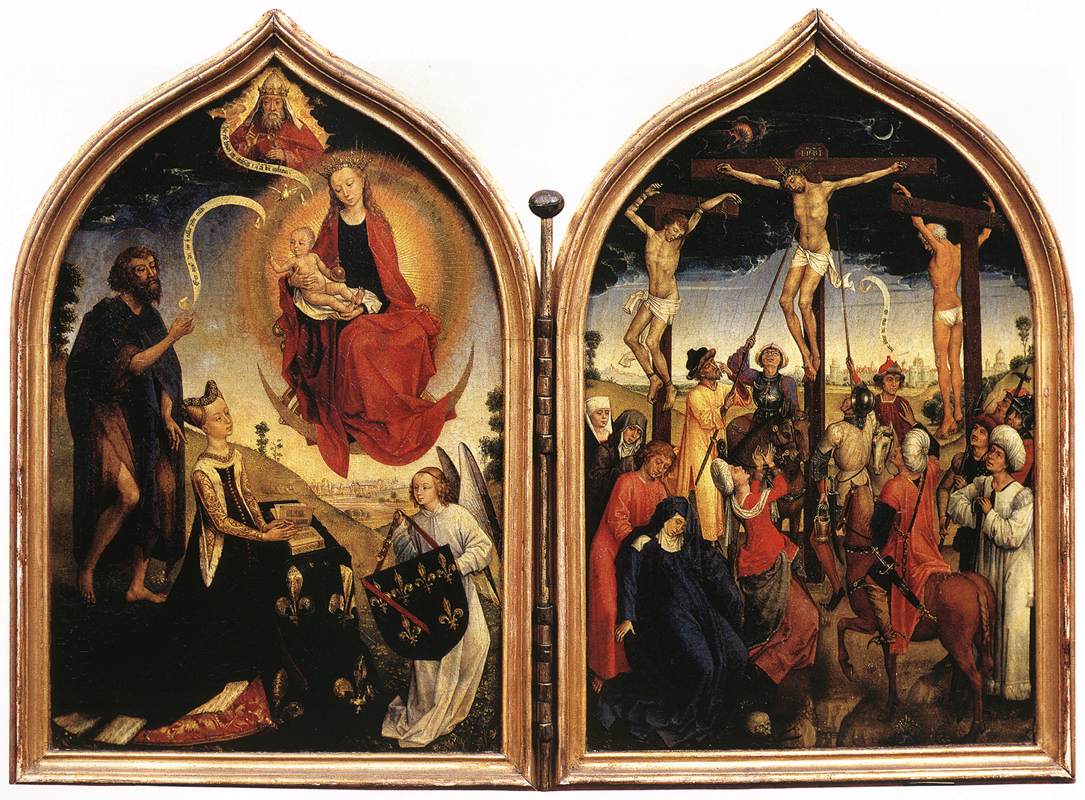In his Anacalypsis, Godfrey Higgins writes: “The Rosicrucians of Germany are quite ignorant of their origin; but, by tradition, they suppose themselves descendants of the ancient Egyptians, Chaldeans, Magi, and Gymnosophists.” (The last was a name given by the followers of Alexander the Great to a caste of naked Wise Men whom they found meditating along the river banks in India.) The consensus among these factions is that the story of Father C.R.C., like the Masonic legend of Hiram Abiff, is an allegory and should not be considered literally. A similar problem has confronted students of the Bible, who have found not only difficult, but in the majority of cases impossible, their efforts to substantiate the historical interpretation of the Scriptures.
Admitting the existence of the Rosicrucians as a secret society with both philosophic and political ends, it is remarkable that an organization with members in all parts of Europe could maintain absolute secrecy throughout the centuries. Nevertheless, the “Brothers of the Rose Cross” were apparently able to accomplish this. A great number of scholars and philosophers, among them Sir Francis Bacon and Wolfgang von Goethe, have been suspected of affiliation with the Order, but their connection has not been established to the satisfaction of prosaic historians. Pseudo-Rosicrucians abounded, but the true members of the “Ancient and Secret Order of The Unknown Philosophers” have successfully lived up to their name; to this day they remain unknown.
During the Middle Ages a number of tracts appeared, purporting to be from the pens of Rosicrucians. Many of them, however, were spurious, being issued for their self-aggrandizement by unscrupulous persons who used the revered and magic name Rosicrucian in the hope of gaining religious or political power. This has greatly complicated
THE CRUCIFIED ROSE. The original symbol of the Rosicrucian Fraternity was a hieroglyphic rose crucified upon a cross. The cross was often raised upon a three-stepped Calvary. Occasionally the symbol of a cross rising from a rose was used in connection with their activities. The Rosicrucian rose was drawn upon the Round Table of King Arthur, and is the central motif for the links forming the chain from which the “Great George” is suspended among the jewels of The Order of the Garter. Hargrave Jennings suspects this Order of having some connection with the Rosicrucians.
p. 139
the work of investigating the Society. One group of pseudo-Rosicrucians went so far as to supply its members with a black cord by which they were to know each other, and warned them that if they broke their vow of secrecy the cord would be used to strangle them. Few of the principles of Rosicrucianism have been preserved in literature, for the original Fraternity published only fragmentary accounts of its principles and activities.
In his Secret Symbols of the Rosicrucians, Dr. Franz Hartmann describes the Fraternity as “A secret society of men possessing superhuman–if not supernatural–powers; they were said to be able to prophesy future events, to penetrate into the deepest mysteries of Nature, to transform Iron, Copper, Lead, or Mercury into Gold, to prepare an Elixir of Life, or Universal Panacea, by the use of which they could preserve their youth and manhood; and moreover it was believed that they could command the Elemental Spirits of Nature, and knew the secret of the Philosopher’s Stone, a substance which rendered him who possessed it all-powerful, immortal, and supremely wise.”
The same author further defines a Rosicrucian as “A person who by the process of spiritual awakening has attained a practical knowledge of the secret significance of the Rose and the Cross. * * * To call a person a Rosicrucian does not make him one, nor does the act of calling a person a Christian make him a Christ. The real Rosicrucian or Mason cannot be made; he must grow to be one by the expansion and unfoldment of the divine power within his own heart. The inattention to this truth is the cause that many churches and secret societies are far from being that which their names express.”
The symbolic principles of Rosicrucianism are so profound that even today they are little appreciated. Their charts and diagrams are concerned with weighty cosmic principles which they treat with a philosophic understanding decidedly refreshing when compared with the orthodox narrowness prevalent in their day. According to the available records, the Rosicrucians were bound together by mutual aspirations rather than by the laws of a fraternity. The “Brothers of the Rose Cross” are believed to have lived unobtrusively, laboring industriously in trades and professions, disclosing their secret affiliation to no one–in many cases not even to their own families. After the death of C.R.C., most of the Brethren apparently had no central meeting place. Whatever initiatory ritual the Order possessed was so closely guarded that it has never been revealed. Doubtless it was couched in chemical terminology.

Moe is the founder of GnosticWarrior.com. He is a father, husband, author, martial arts black belt, and an expert in Gnosticism, the occult, and esotericism.







